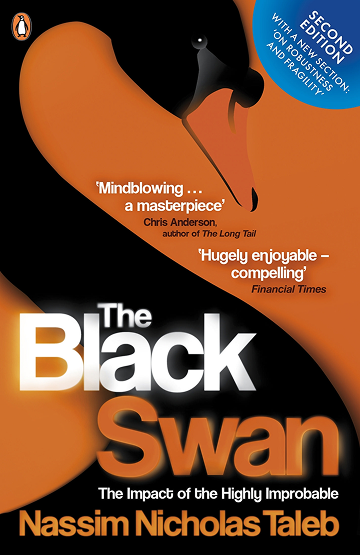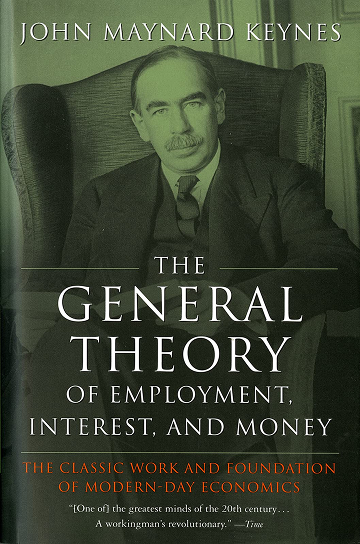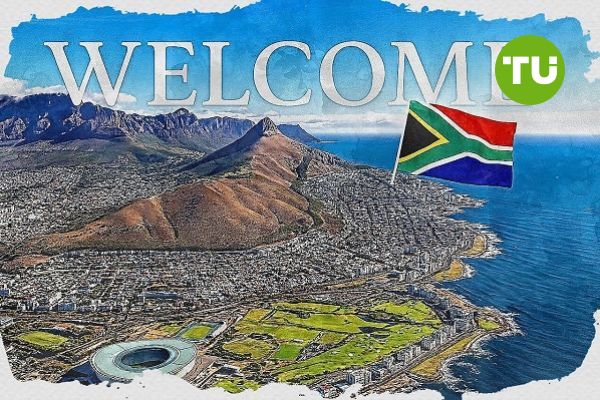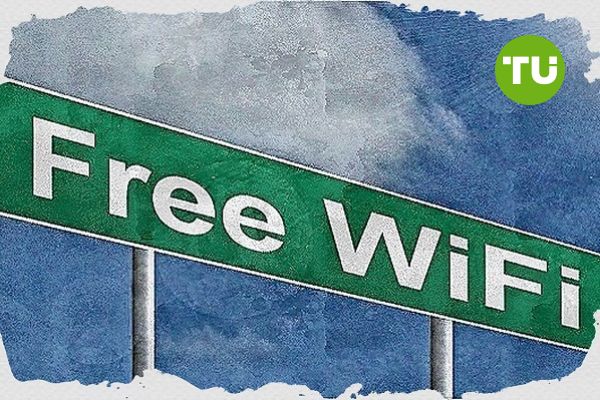Graeme Hart Net Worth, Biography and Key Insights



Graeme Hart’s Profile Summary
|
Company
|
Rank Group Limited |
|---|---|
|
Position
|
Owner |
|
Source of wealth
|
Investments in the packaging industry through leveraged buyouts |
|
Also known as
|
New Zealand's richest person |
|
Age
|
70 |
|
Education
|
MBA, University of Otago |
|
Citizenship
|
New Zealand |
|
Residence
|
Auckland, New Zealand |
|
Family
|
Married, two children |
|
Website, Social Media
|
https://www.reynoldsgroupholdings.com |
Graeme Hart’s biography
Graeme Richard Hart, born in 1955 in New Zealand, is a self-made billionaire renowned for his expertise in leveraged buyouts and transforming underperforming companies into profitable ventures. After leaving Mount Roskill Grammar School at 16, Hart worked as a panel beater and tow-truck driver. In 1987, he earned an MBA from the University of Otago, where his thesis focused on expanding Rank Group Limited, then a small party hire company.Hart's business acumen became evident in 1990 when he acquired the New Zealand Government Printing Office for less than its capital value, a deal facilitated by favorable payment terms. This acquisition was followed by the purchase of Whitcoulls Group in 1991, encompassing a retail chain of bookstores and office stationery supplies. He later divested these interests to focus on larger ventures.
Through Rank Group Limited, Hart executed significant acquisitions, notably in the packaging industry. In 2006, he purchased Carter Holt Harvey, a leading timber and paper company, for NZ$3.3 billion. He further expanded his packaging empire by acquiring International Paper's drinks packaging business, Evergreen Packaging, in 2006, and Swiss company SIG in 2007. His largest acquisition was Alcoa's Packaging & Consumer group in 2008 for US$2.7 billion, later renamed Reynolds Packaging Group.
Hart's investment strategy focuses on acquiring undervalued companies with steady cash flows, implementing cost-cutting measures, and restructuring to enhance profitability. Despite his immense wealth, estimated at US$10.5 billion as of January 2025, Hart maintains a low public profile, rarely engaging with the media. In recognition of his contributions to business, he was inducted into the New Zealand Business Hall of Fame in 2022.
-
How did Graeme Hart make money?
Graeme Hart built his fortune through strategic leveraged buyouts and investments in the global packaging industry. His journey to becoming New Zealand's wealthiest individual began after earning an MBA from the University of Otago in 1987. His MBA thesis focused on expansion strategies for Rank Group Limited, a small party hire company he later acquired and transformed into a major investment vehicle.
In 1990, Hart made his first significant acquisition by purchasing the New Zealand Government Printing Office for less than its capital value. He secured favorable payment terms that allowed him to acquire the business without upfront capital, marking the start of his career in acquiring undervalued assets. In 1991, he acquired the Whitcoulls Group, a chain of bookstores and office supply stores, which he later sold to focus on larger, more profitable ventures.
Hart’s most significant success came in the packaging industry. Through Rank Group Limited, he began acquiring companies with stable cash flows and strong market positions. In 2006, he purchased Carter Holt Harvey, a leading timber and packaging company in New Zealand, for NZ$3.3 billion. That same year, he acquired International Paper's beverage packaging business, Evergreen Packaging, followed by Swiss-based SIG Combibloc in 2007.
His largest acquisition was in 2008, when he purchased Alcoa's Packaging & Consumer Group for US$2.7 billion, which he rebranded as Reynolds Packaging Group. These acquisitions made Hart a dominant player in the global packaging industry, with Reynolds becoming one of the world's largest producers of aluminum foil and related products.
Hart’s investment strategy is centered around identifying undervalued companies, implementing cost-cutting measures, and restructuring operations to boost profitability. His packaging empire generates billions in annual revenue, and his business acumen has solidified his net worth, estimated at US$10.5 billion as of 2025. -
What is Graeme Hart net worth?
As of 2025, Graeme Hart’s net worth is estimated to be $8.9 B.
What is Graeme Hart also known as?
Graeme Hart is recognized as New Zealand's wealthiest individual, primarily due to his strategic investments in the packaging industry and his expertise in leveraged buyouts.Prominent achievements of Graeme Hart
Graeme Hart has built a multi-billion dollar fortune through strategic investments in the packaging industry, becoming New Zealand's wealthiest person. His notable acquisitions include Carter Holt Harvey and Reynolds Packaging Group. In recognition of his contributions to business, he was inducted into the New Zealand Business Hall of Fame in 2022.What are Graeme Hart’s key insights?
Hart's business strategy centers on acquiring undervalued companies with steady cash flows, implementing cost-cutting measures, and restructuring operations to enhance profitability. He focuses on industries where he can apply his expertise to drive growth and value creation.
Graeme Hart’s personal life
Graeme Hart is married to Robyn Jessie Hart, and they have two children. The family maintains a low public profile, with limited information available about their personal lives.
Useful insights
Understanding market forces
In my experience, to truly succeed as an investor, it’s essential to understand the driving forces behind market behavior. Market movements aren’t random—they’re influenced by a range of economic theories and dynamics. The following books provide valuable insights into these forces, offering a deeper understanding of how global financial markets operate and what shapes their trends.
-
Nassim Nicholas Taleb – "The Black Swan"

-
Summary:
Taleb explores the concept of rare, unpredictable events—so-called "Black Swans"—that can have massive impacts on markets and society. These events are often overlooked by traditional risk management models, leading to devastating consequences when they occur. Taleb illustrates how these unpredictable shocks shape our world, often more than gradual, expected changes.
-
Why read it:
This book challenges conventional thinking about risk and uncertainty, showing that many major historical and financial events were "Black Swans." It's a vital read for investors who want to build resilience in the face of market volatility.
-
-
John Maynard Keynes – "The General Theory of Employment, Interest, and Money"

-
Summary:
Keynes revolutionized economics by focusing on total demand within an economy and its effect on output and inflation. His theory suggested that government intervention could stabilize economic cycles through fiscal and monetary policy. The book also explains the consequences of under-consumption and the role of interest rates in managing economic stability.
-
Why read it:
For investors interested in macroeconomic trends and policy impacts, Keynes’ work is essential. Understanding the Keynesian framework can help investors predict how government actions might influence market performance.
-
Other profiles in category
Popular Financial Guides
Latest Financial News

South Africa unveils digital visas to attract film and events

South Africa invests R710 million to expand free Internet access































































































































